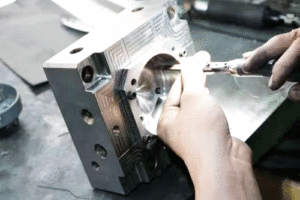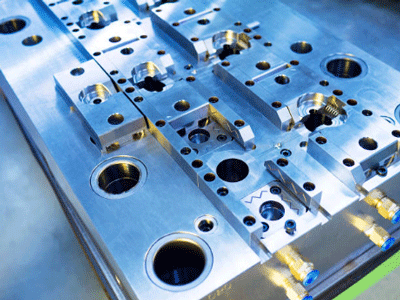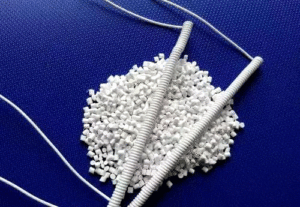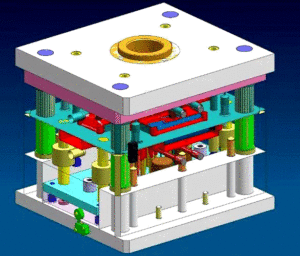
Polishing Treatment for Plastic Molds
Polishing Treatment for Plastic Molds With the widespread application of plastic products, such as daily-use items and beverage packaging containers, there is often a requirement
We should test the various properties of injection mold under the normal operation of the injection molding machine and mold. Then measure the size of the final molded plastic part. And deterine the current state of the mold with this information. Besides, we can also fina the cavity, core, cooling system as well as the damage of the parting surface, etc.. According to the information provided by the plastic part, we can know the damage state of the mold and the repair measures.
Springs and other elastic parts are most vulnerable during use, and they usually break and deform. When these performances occur, the solution is to replace them. In the process of replacement, you must pay attention to the specification and model of the spring. The specification and model of the spring are confirmed by the three items of . Only when the three items ( color, size and length ) are the same can they be replaced.
During the use of mold products, the punch is prone to breaking, bending and gnawing. And the punch sleeve is generally gnawed. If the punch and sleeve are damaged, they are generally replaced with parts of the same specification. The parameters of the punch mainly include the size of the working part, the size of the installation part, and the length dimension.
The parts also need to be fixed from time to time. Frequently check whether the fastening parts are loose or damaged. The method is to replace with the parts of the same specification.
During maintenance, check the relationship between accessories of each part and whether there is damage. Then, repair the damaged part. And check whether there is air leakage by pneumatic jacking, and take specific measures. If the trachea is damaged, replace it.

The role of the guide component and ejection is to ensure the opening and closing movement of the mold and the ejection of the plastic part. If any part of it is stuck due to damage, it will stop the production, so we should ensure the lubrication of the mold thimble and guide post ( use the most suitable lubricant ). Besides, regularly check whether the thimble, guide post, etc. are deformed and surface damaged. If so, replace it in time.
After completing a production cycle, it is necessary to place professional anti-rust oil on the working surface, movement and guide parts of the mold. Pay special attention to the protection of the elastic strength of the bearing parts of the gear, rack mold and the spring mold. So it can ensure that they are always in the best working condition.
At the same time, pay attention to the cleaning of the runner. Because the longer the time, the cooling channel is prone to produce deposit scale, rust, silt and algae. And that will make the cross section of the cooling runner smaller, the cooling channel narrow, and the heat exchange rate between the coolant and the mold is greatly reduced. This results in the higher production cost of the enterprise. For hot runner mold products, the maintenance of heating and control systems helps prevent production failures.

Polishing Treatment for Plastic Molds With the widespread application of plastic products, such as daily-use items and beverage packaging containers, there is often a requirement

Injection Molding Techniques for TPE and TPR Injection Molding Techniques for TPE and TPR 1. Dry the TPE and TPR material before injection molding It

Winter Maintenance Measures for Injection Molding Machines As winter approaches and temperatures gradually drop, a cold chill envelops the earth. While ensuring personal warmth, it

Assessment Regulations for Mold Trial Exceeding 3 Times Assessment Regulations for Mold Trial 1. Purpose The purpose of this regulation is to standardize the work of